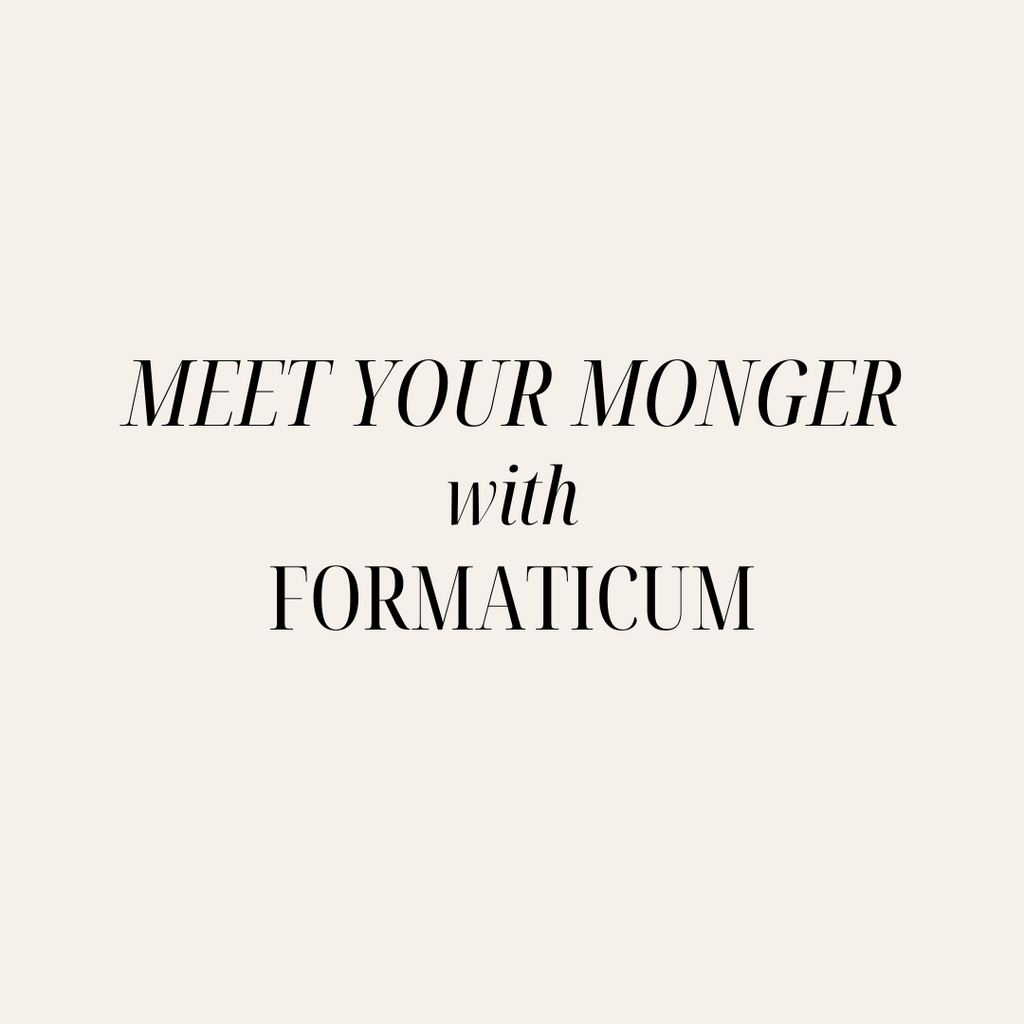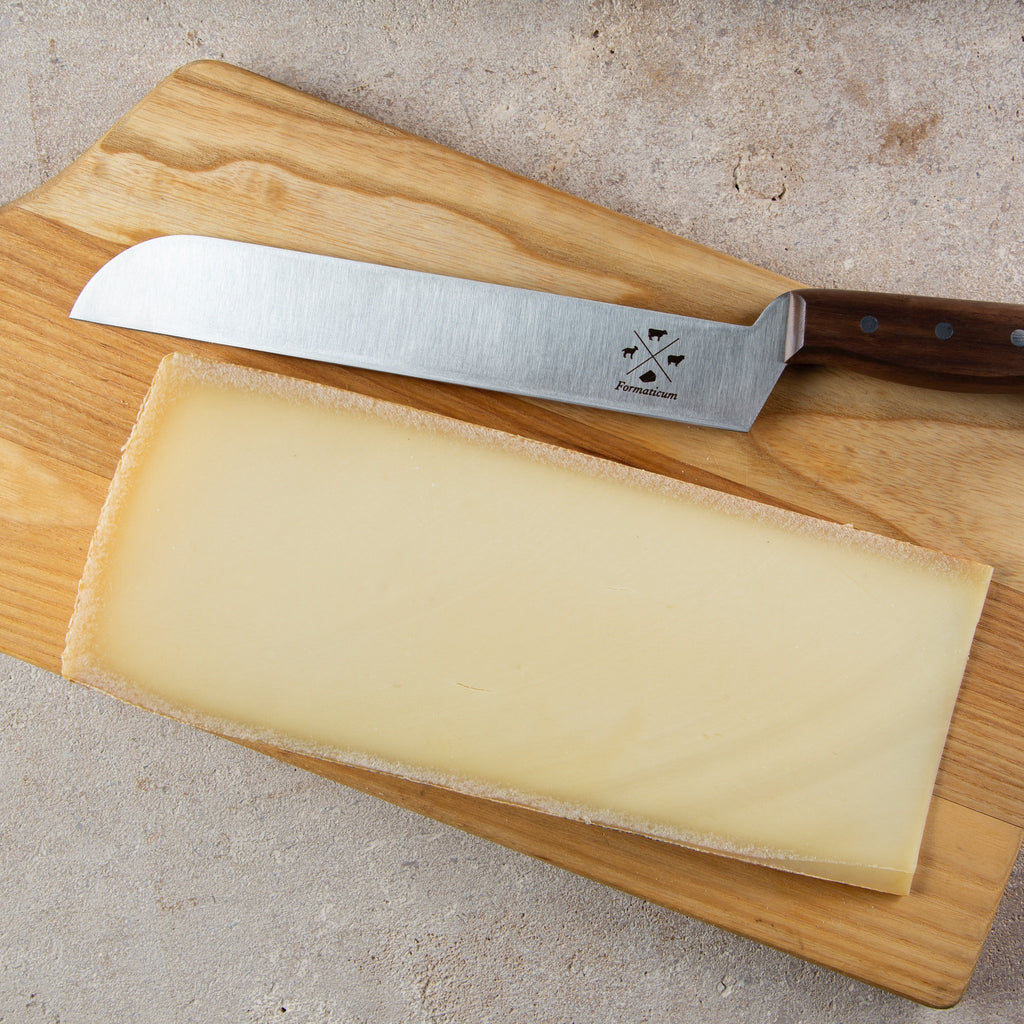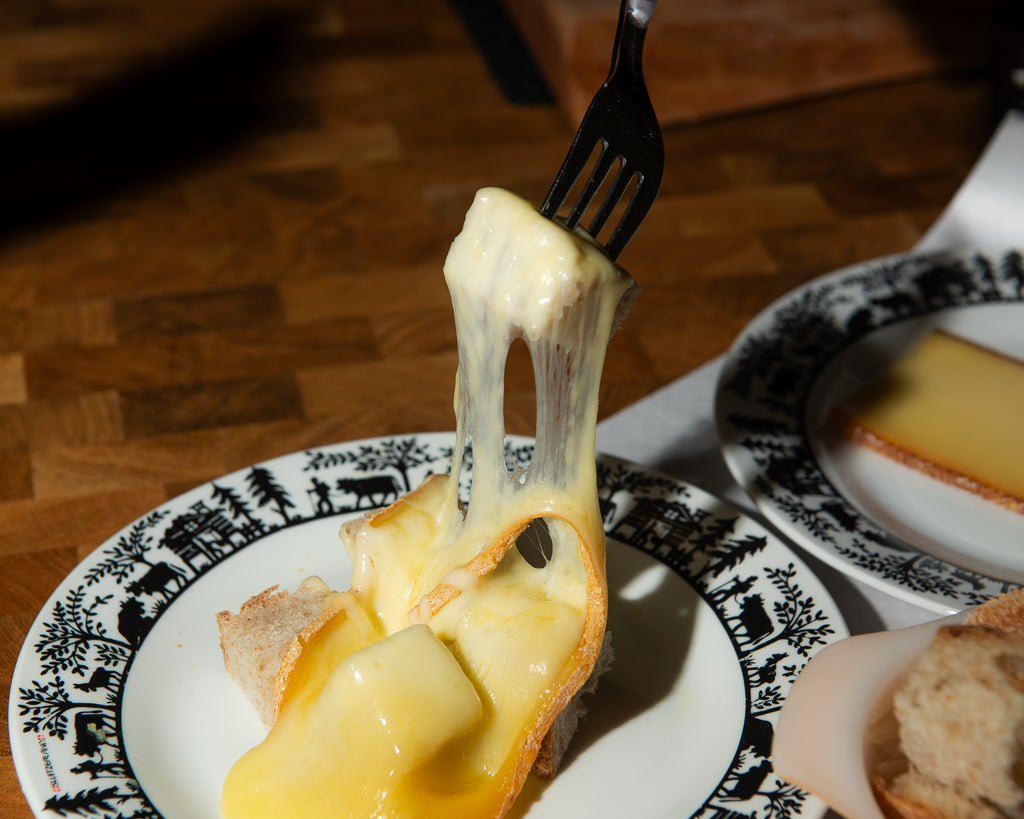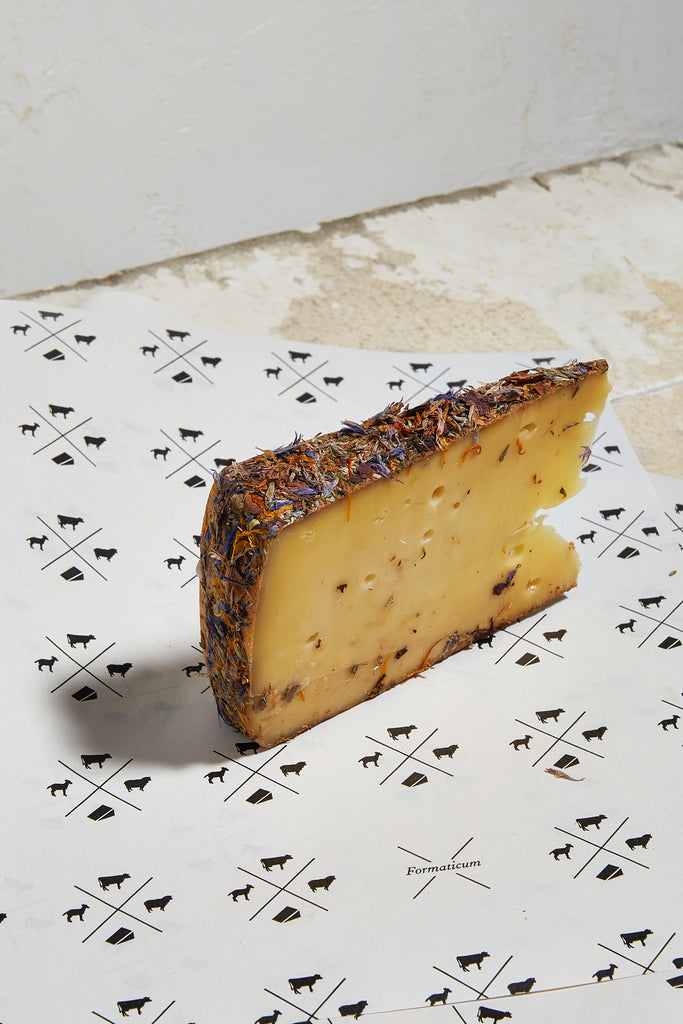Meet Your Monger: Alena Douglas of Provisions Wine


The January edition of Meet Your Monger spotlights Alena Douglas, the Cheese & Specialty Food Director at Provisions Wine in MA. Growing up in a multicultural household helped nurture Alena's passion for specialty food, which has carried her through more than 8 years in the cheese industry! Alena uses her passion and extensive cheese knowledge to create a truly impressive cut-to-order cheese & charcuterie program across Provisions' 3 locations, including teaching their cheese pairing classes and events. Along with being a stellar ambassador of Formaticum products, Alena is also a Cheesemonger Invitational finalist, making her one of the country's best cheesemongers! Keep reading to learn more about why Alena loves Formaticum products for her counters.


Follow Provisions Wine on Instagram @provisionswine and Formaticum on Instagram and TikTok @formaticum, and stop by one of their 3 locations if you find yourself in Massachusetts!
To nominate a shop or monger for the Meet Your Monger series, email emilia@formaticum.com.
Stellar Service: Choosing the Right Tool For the Job

Good cheesemongers know that providing stellar service at the counter goes beyond just making the sale. We strive to create meaningful connections between our customers and our cheeses, maintain a positive and enthusiastic attitude, and provide a smooth and easy sales interaction to keep them coming back for more.
But the interaction doesn't end when the customer leaves the shop - they will continue to be reminded of you and your business when they unwrap and serve the cheese. Make sure that their experience continues to be positive by providing them with a neatly and attractively cut and packaged piece of cheese - and that all starts with choosing the right tool for the job! No matter what kind of cheese you're cutting, there's a Formaticum tool for that. Cutting cheese well is an art form, and there are nuances to this skill that we are happy to share with you to help improve your level of service.
For soft cheeses like Brie, Taleggio, or Robiola, we recommend the Professional Soft Cheese Knife. The hollow blade will prevent the paste from sticking to the knife, resulting in a cleaner cut.
For softer, more delicate cheeses like triple creams, fresh goat cheese logs, and aged chevres, we recommend using our Wire Cutter, which will glide through the paste neatly and quickly, without disturbing the delicate rind of these cheeses.
For semi-hard and hard cheeses like Manchego, younger Goudas, Gruyere, and cheddar, we recommend our Professional Cheese Knife. The thick blade is long enough for you to have good control that results in a sharp, straight cut.
Blue cheeses are sometimes difficult to cut due to their texture. Our Professional Blue Cheese Knife has a thin, offset blade that is perfect for neatly cutting blue cheese, without needing to pick the cheese up like you would to use the Wire Cutter.
More aged cheeses like Parmigiano Reggiano, extra-aged Gouda, and Mimolette can be tough to get through with just a knife. For these cheeses, we recommend using a set of good parm tools, or a box wire for safety and accuracy.
Once you've cut the perfect piece of cheese, carry that same energy through to the end of the interaction by taking the time to wrap the piece of cheese in a neat, attractive way. Take the extra few seconds to make sharp, tight folds, and tuck in any pieces that are sticking out. Attach the sticker or scale tag to one of the faces of the cheese, without folding it over a corner, if possible. Not only is this better for keeping the cheese healthy, but you'll feel a sense of pride in your work that your customer will thank you for, too.
The Raclette Revival: Tips for Stocking, Selling, and Serving

With colder weather comes the requests for one of winter's most popular cheeses: Raclette. Originating in Switzerland around the 13th century, the name “raclette” comes from the French word “racler,” which means “to scrape," referring to how the cheese is traditionally melted and scraped onto a plate of potatoes, roasted vegetables, and various meats. Raclette was originally created by Alpine shepherds as a way to preserve surplus spring and summer milk so that it could be enjoyed and utilized during the harsh winters when milk was scarce. Today, Raclette is made and enjoyed all over the world, most notably in the Alpine regions of France and Switzerland. This washed-rind cow's milk cheese is the perfect balance of nutty and funky, and when melted, becomes a silky, luxurious treat.
So, how do you decide which Raclette(s) to carry when there are so many different and delicious options on the market these days? In order to please everyone (or at least try to), we recommend offering a minimum of 3 varieties during peak Raclette months (October through March):
- Swiss Raclette (we recommend Raclette du Valais AOP)
- French Raclette
- Domestic Raclette (we recommend Reading Raclette from VT or Alpinage Raclette from WI)
- Flavor-added Raclette (popular flavors include smoked, truffle, peppercorn, chili, and herb)
We recommend selecting 2 classic Raclettes from the above categories, and at least 1 flavored Raclette, making sure that you offer at least 1 pasteurized option for those who need it. Everyone should be able to enjoy this hot, melty treat!
If and when your customer asks how much cheese they should order, we recommend accounting for 1/2lb per adult as a main course, or 1/4lb per adult as an appetizer.
If you want to go the extra mile for your customers, you can offer to slice their Raclette for them. Getting those thin, even slices can be difficult and offering this added service is a great way to build rapport and trust with your customers, and keep them coming back for more.
Don't forget to wrap their Raclette in Formaticum cheese paper to keep that beautiful flavor fresh - ensure that your customers are able to experience the full flavor of those lush Alpine pastures, as the cheesemakers intended.
Shelf Life: The Big Question - How Long Will My Cheese Last?

As cheesemongers, we know that cheese is a living product and a gastronomic miracle, but also that it is not immortal. When we open a new wheel of cheese, we revel in the scent and taste that will never again be as perfect as it is in that moment, and the clock starts ticking. Ensuring that your cheese stays in peak condition for every customer requires careful attention and meticulous care. There is no hard and fast rule about how long a cheese will stay fresh in your case, and different styles of cheese require different levels and techniques of care. Now that the holiday season has ended, customers aren't rushing to buy cheese quite as quickly. Keep reading for some of our tips on how to maintain the freshness and flavor of the cheeses in your case, even during the slower season:
1. Sell the entire wheel in a timely manner, as quickly as possible. Soft cheeses like bloomy or washed rinds have a much shorter shelf life after being cut than an aged cheese like Gouda or clothbound Cheddar. Use a Push/Pin list to keep everyone on the team aware of which cheeses need to be sold more quickly than others to ensure the best quality and experience for customers. Keeping your rotation in motion helps you make sure the cheese is always fresh, and that there is always something new to catch your customers' attention!
2. Face your cheese regularly. Customers eat with their eyes first, so make sure there is no visible mold on your display pieces of cheese. Gently scraping the face of the cheese will remove any mold as well as any "off" flavors caused by plastic wrap or oxidation. The better the flavor, the more likely the customer is to come back and buy more!
3. Use proper packaging that keeps your cheese healthy! Formaticum bulk paper is a great way to store backstock that may not be sold for a few weeks - our paper will allow the cheese to breathe and retain humidity, meaning it will not suffocate in plastic wrap, or dry out. Formaticum Cellophane is a plastic-free alternative to plastic wrap that allows extra oxygen exchange and prevents moisture buildup, making it perfect for those delicate geotrichum-rinded and bloomy rind cheeses that need a little bit of extra care to keep the rinds healthy and thriving.
At Formaticum, we know how passionate you are about cheese and how much work it takes to run a shop or a counter. Let us help you by helping to take care of your cheese with products that are specially designed for just that. Good cheese is expensive - protect your investment! Making a small change like using professional cheese paper can turn into big changes in the future by creating repeat business from customers who consistently receive cheese in peak condition.

Formaticum News
Our home to share our cheese chronicles and more.
Categories
Recent Posts
Cheesemonger Champions: Team USA's Journey to the Mondial du Fromage 2025
Beyond the Paper: Exploring the Formaticum Catalog
A Cheesemonger's Guide to Formaticum's Bulk Wrapping Materials
Upcoming Events
Connect with Us
Join the Newsletter
Sign up to receive special offers, new product releases, updates from the cheese shop, and more.
